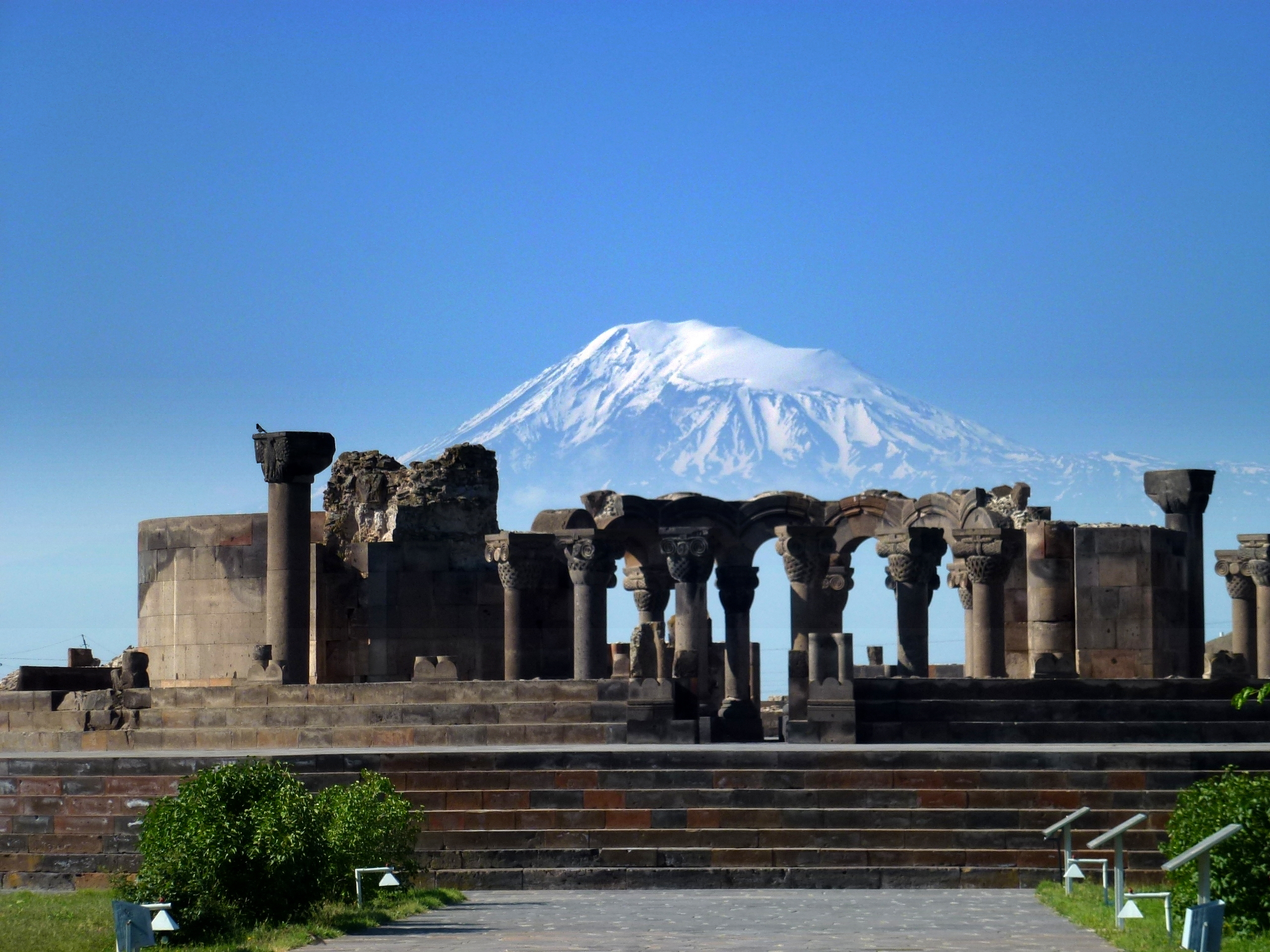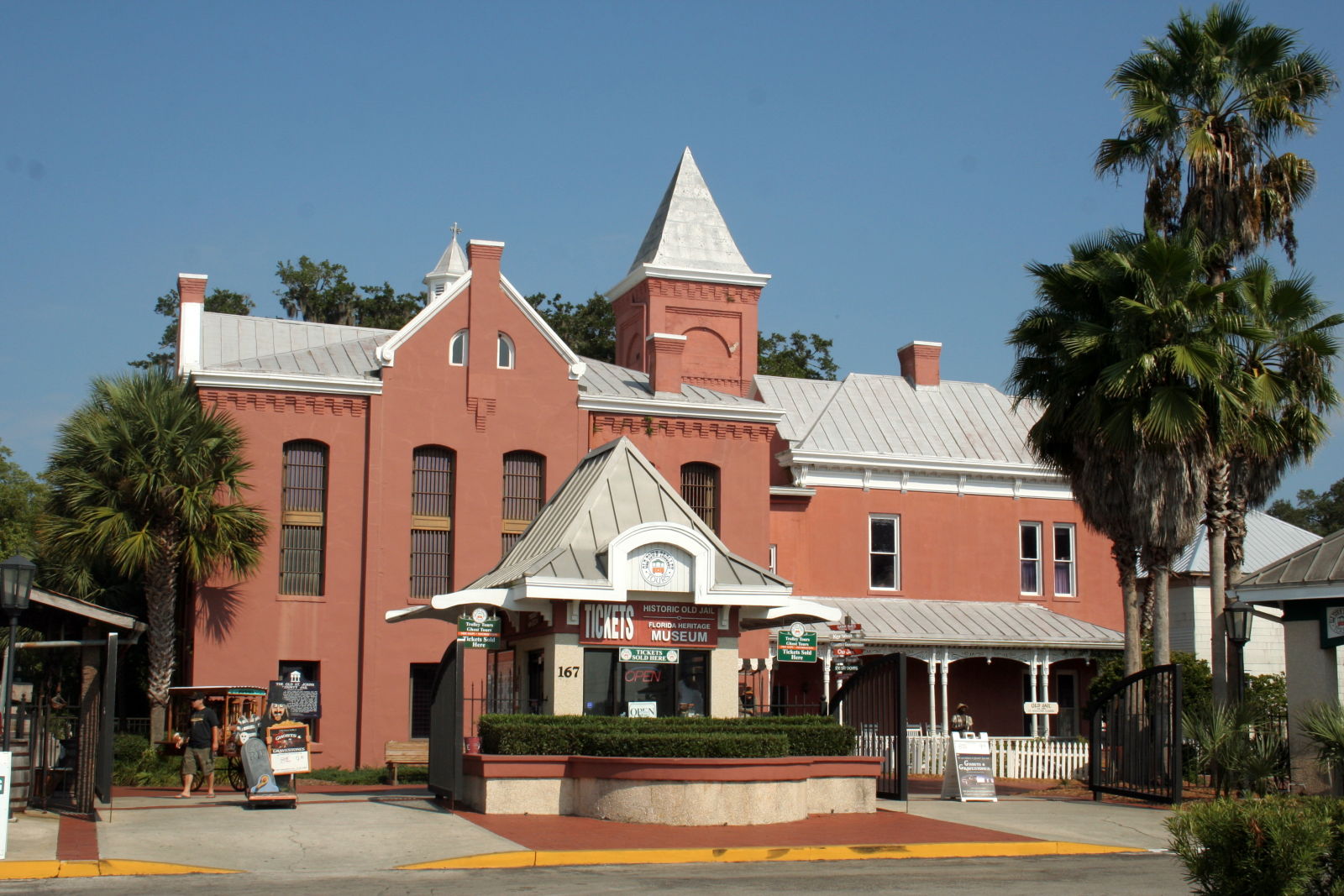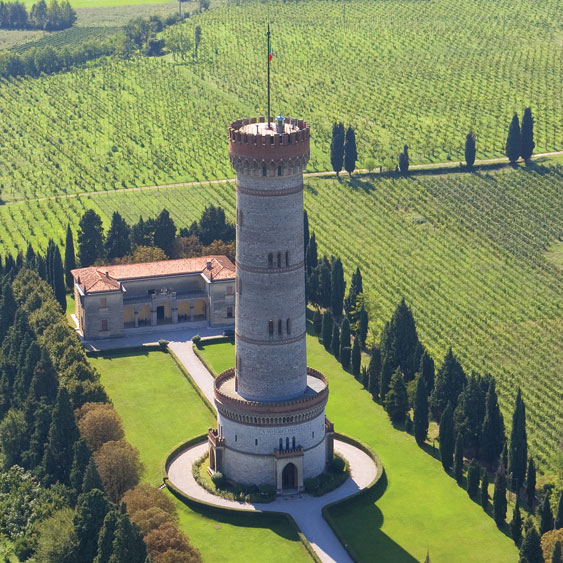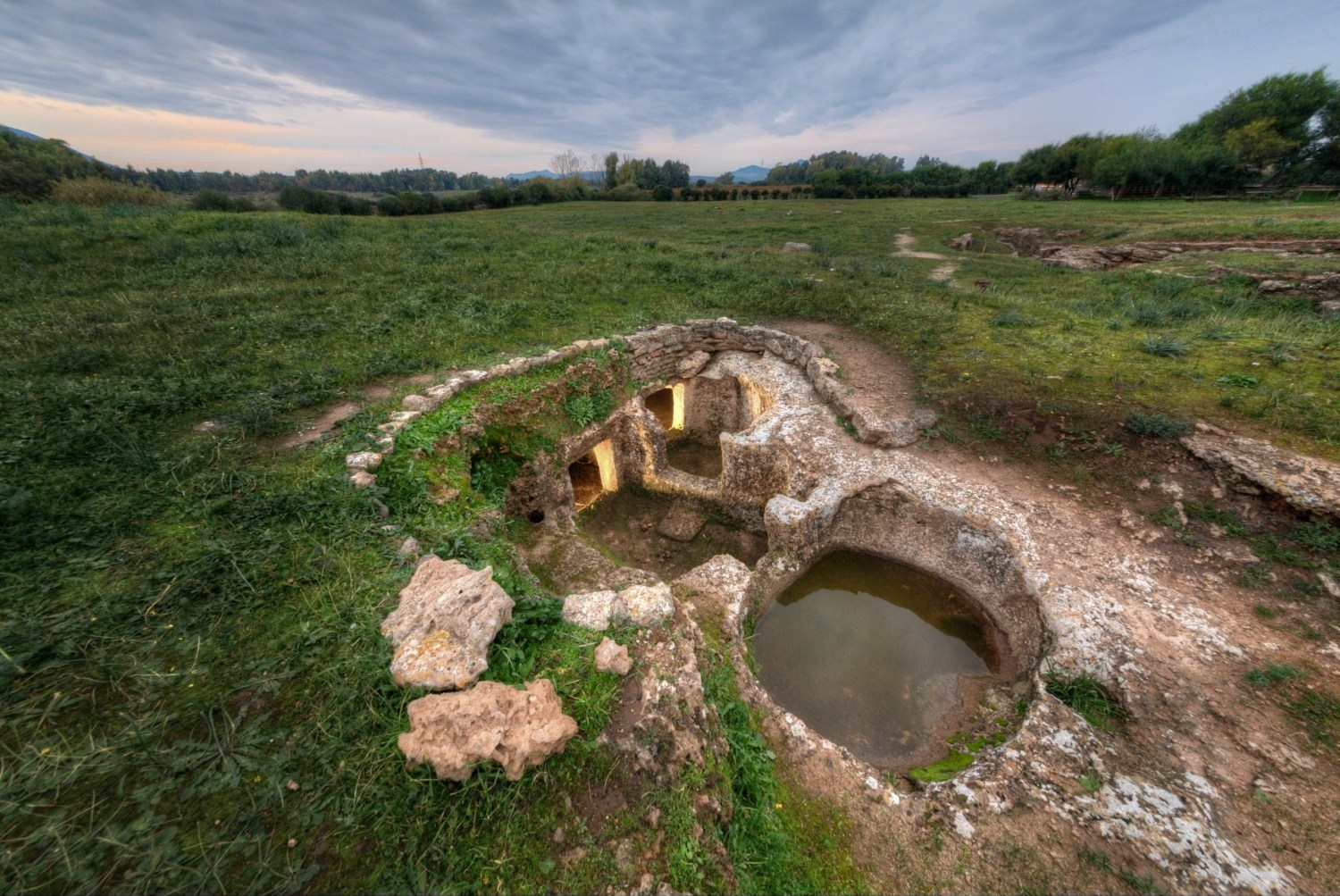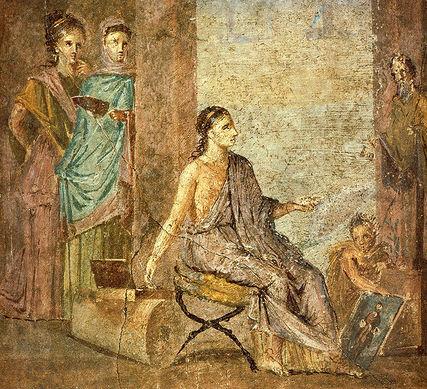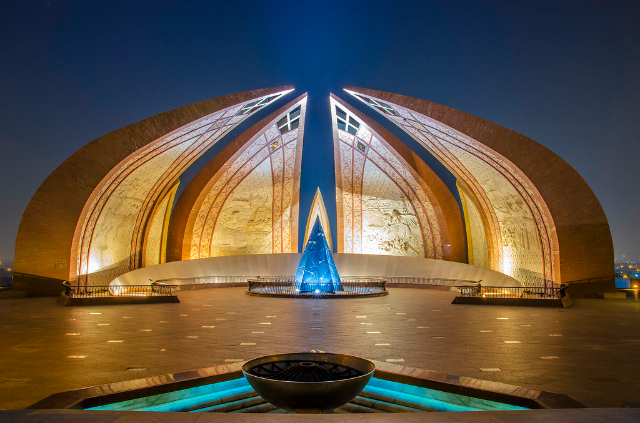This work of Armenian architecture was built at the behest of Catholicos Nerses III°, known as the builder, between 643 and 655. The name Zvartnots, which means cheerful, represents, according to a 7th century historian Sebeos, the image of Grigor Lusavorich who through a mirage sees joyful and happy people. It is said that an emperor of Byzantium, during his short stay in Armenia, was so enraptured by the beauty of the cathedral that he wished to have a similar copy in Constantinople; unfortunately for him, but also for architecture in general, the architect who designed the cathedral never made it to Constantinople, dying on the way. (The name of the architect who designed Zvartnots has unfortunately not come down to us).
The cathedral did not have a long life, in fact in 930 a terrible earthquake turned it into a heap of ruins and it remained buried until its rediscovery at the beginning of the 20th century. In the site they made excavations between 1900 and 1907, which brought to light the foundations of the Cathedral, the remains of the palace of the katholikos and a cellar.
The interior of the church, decorated with frescoes, has a Greek cross plan with 3 naves, while the exterior was a 32-sided polygon that, seen from a distance, must have appeared circular. The impression produced by this cathedral was so strong that at the beginning of the 11th century in Ani, capital of the kingdom of Shirak, the famous Armenian architect Tiridate erected by order of King Gaghik I° the Cathedral of St. Gregory which was a similar copy of the one in Zvartnots which at that time was already in ruins.
It was possible to reconstruct the appearance of the cathedral, after long researches made by the famous architect Toros Toramanian who worked on the excavations at the beginning of the 20th century. The construction was presented as a pyramidal building with three levels surmounted by a dome and its originality lay in the audacious architecture since it inserted the equilateral cross not in a square shape but in a circular one.
The palace of the patriarch was close to the sanctuary and from the remains that have come down it is easy to understand the arrangement inside: dining rooms, private apartments, places of worship, a refectory and even thermal baths.
Another pleasing discovery takes place few meters away from the cathedral, where there are stone presses for grinding grapes: it seems there were also terracotta barrels used to keep wine and the peculiarity of these ones was that they were placed half over the ground and half under the ground in order to have a wine always fresh.
The cultivation of grapes was an idea of Catholicos Nerses III who also thought about a system of canalization of water in order to bring to the cultivated land the waters of the near river Kasakh.
A small museum was opened in 1937 on the area of the ruins, today the same museum has been enlarged and you can see an inscription in Greek of Catholicos Nerses III "the builder" which attests to the construction of Zvartnots, there are also a sundial carved on a stone slab that decorated the cathedral, clay pottery of the time and many other objects discovered by archaeologists.
Some sources report that Zvartnots Cathedral is painted on Mount Ararat in one of the frescoes that decorate Sainte-Chapelle in Paris. This is not very likely, as the frescoes were painted over 3 centuries after an earthquake destroyed the church.
In the year 2000 Zvartnots Cathedral was included, along with the churches of Echmiadzin, in the UNESCO World Heritage List.
A drawing of the Cathedral was featured on the first 100 dram banknote and a model of it is kept in the Yerevan Historical Museum.
